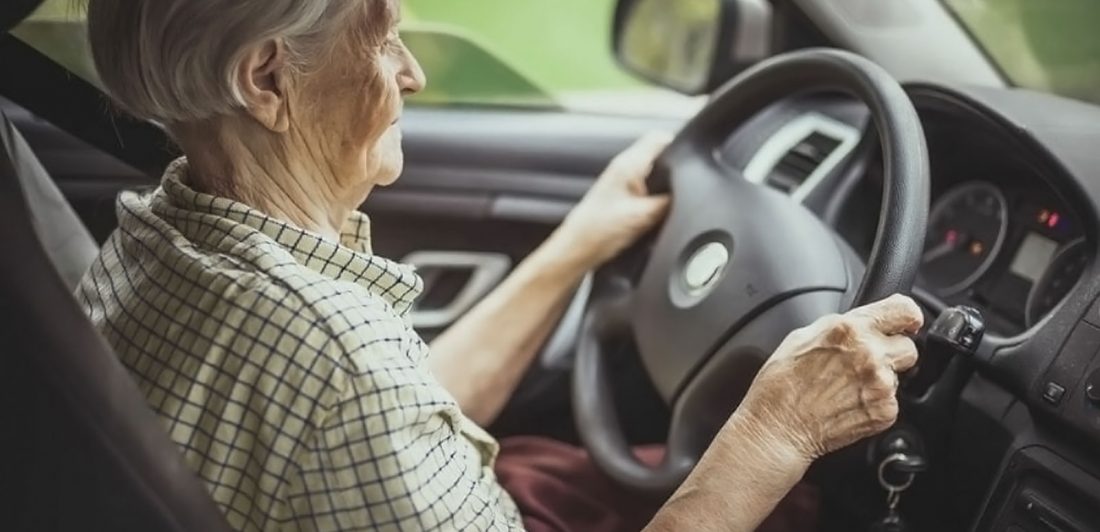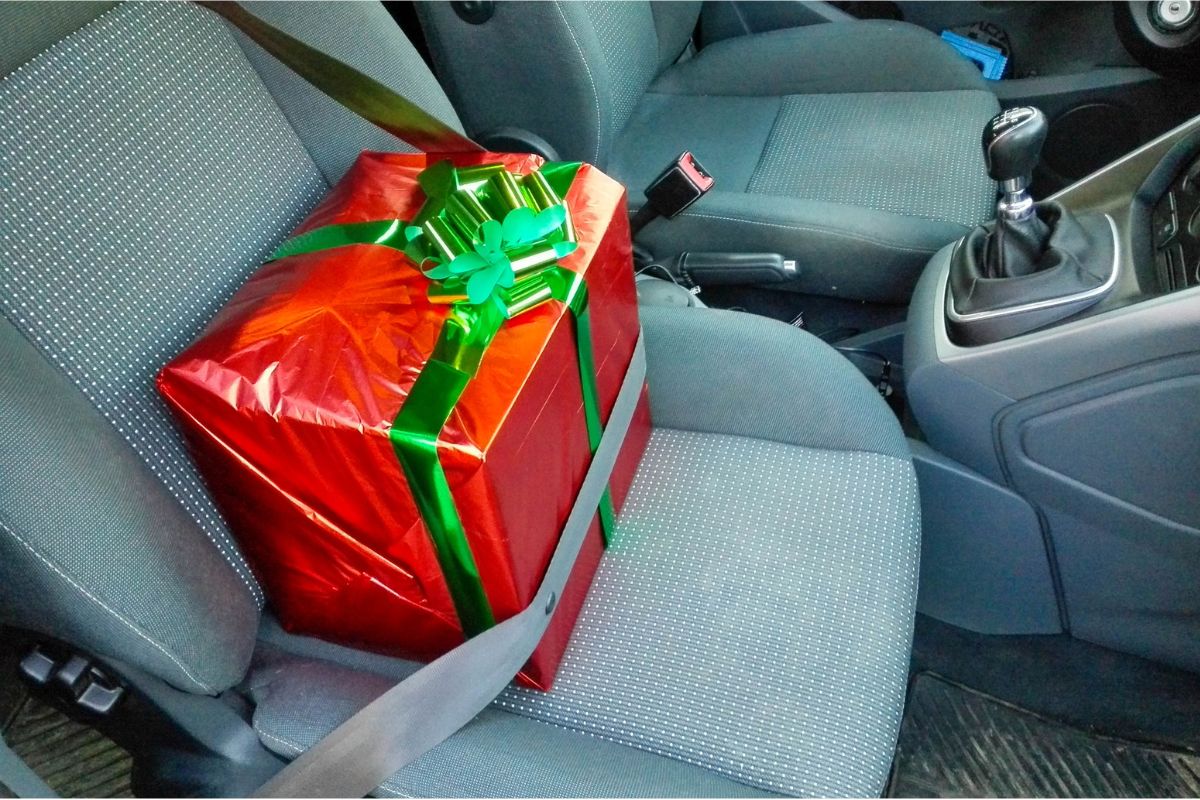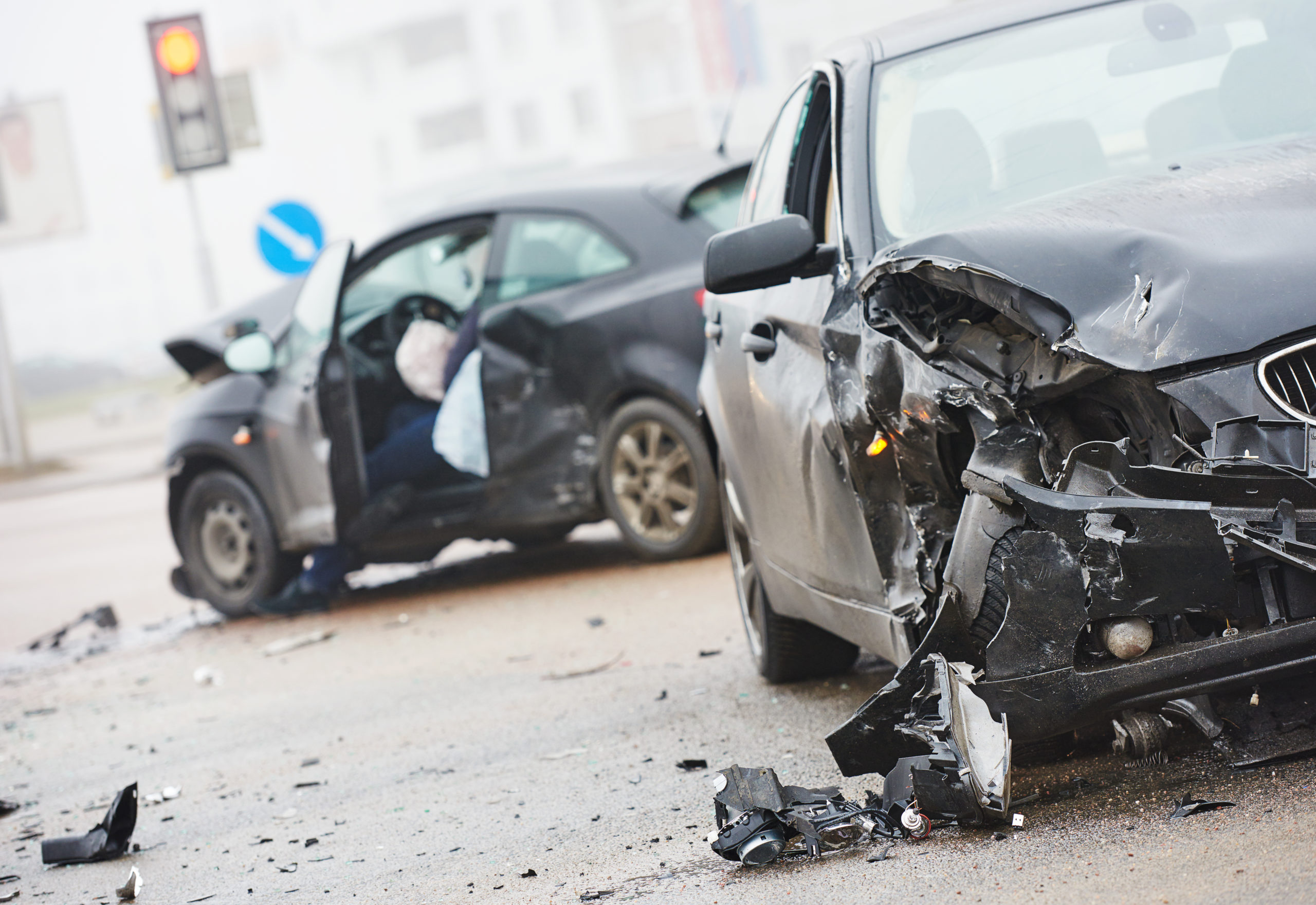As young children, we’re taught to respect our elders. So, when the car ahead of you is driving too slow in the fast lane, you might be tempted to throw an angry glance their way. That is until you realize it’s someone who looks like they could be your grandparent. If you find yourself wondering whether older folks should be allowed to drive, you're not alone. In fact, many states have laws in place that may protect older adult drivers from themselves, as well as keep the roads safe.
In most states, getting your driver’s license requires taking a class and turning 16. From that day forward, your level of independence increases significantly. This is particularly true if you live in an area where public transportation is not a priority.
The idea of losing this freedom may seem unfair, but aging does have significant effects on reflexes and the senses that are crucial for driving. America’s population is skewing older. In fact, by 2030, the National Highway Transportation Safety Administration estimated that 25% of drivers will be an older adult. In most situations, once you get your license, you have it for life. But as more states begin to understand the effects aging on driving, more seniors will have to undergo retesting.
What happens to your senses as you age?
Alcohol isn’t the only impairment that motorists have to deal with. As people age, their reflexes, mobility, and vision begin to deteriorate. As a result, their ability to safely operate a motor vehicle declines. This isn’t just anecdotal. There is science to back up that as you age, physical changes occur in nerve fibers which slow the speed of signals traveling to the brain. Also, parts of the brain that involve motor control deteriorate and lose cells over time.
What is the average age older adults stop driving?
There is no upper age limit to stop an elderly driver from operating a motor vehicle. Like in most other areas of life, age is an arbitrary number when it comes to handing over the keys. Driving is about your ability to continue to do so safely.
In most families, there comes the point where children, grandchildren, nieces, and nephews start pitching in to drive their aging loved ones to different appointments or social gatherings. This usually occurs when it becomes apparent that their loved one can no longer safely operate a motor vehicle.
Early warning signs it’s time to give up driving:
- Getting lost
- Failing to obey traffic signals
- Slow reaction to emergencies
- Driving slower than the posted speed or general speed of other moving vehicles
- Poor judgment
- Forgetting common safety techniques
- Deterioration in motor skills
- Poor or worsening vision
- Cognition troubles
- Difficulty navigating in the sun’s glare or oncoming headlights
- Increased close calls
- Failing to use turn signals
- Two or more traffic citations or warning in a two-year window
Severe signs:
- Side swiping
- Making sudden lane changes
- Straddling lanes
- Backing up after a missed exit or turn
- Dents or scrapes on their car or surrounding objects
Sudden braking is another sign that a person may need to retire from driving. This often means that something is preventing them from perceiving actual hazards in the road.
What are the laws about elderly driving?
Like most things, the laws which determine when a person needs to be re-tested depends on your state. Nationally, 30 states and the District of Columbia have special rules regarding older adult’s driver’s licenses.
These rules may require older drivers to renew their license:
- More often, such as every two years or every year
- In-person
- Take a driver’s test for each renewal
- Pass an eye exam
- Restrictions on freeway or highway driving
- Driving only when a licensed driver (21 or older) is in the front seat
- Daytime driving only
- Hearing aids while driving
- Limit operating vehicles to those equipped with outside mirrors, automatic transmission or power steering
In some states, people can report an older adult to their state’s Department of Public Safety if they’re a concern for motorist safety. A report may require a hearing where officials will evaluate an older’s drivers licensed status.
How to assess your loved one’s driving ability
Even when an older adult driver maintains their health, there will still come a time when they need to give up the keys. Assessing your loved one’s ability to drive may be difficult to do, especially when you don’t see them every day. One of the easiest ways to determine if there is a need to take the keys away is to listen to your loved one.
Tips to stay independent
If you are, or if you have an aging loved one, there are some steps you can take to protect yourself and keep your license.
- Follow a regular exercise or activity program to increase strength and flexibility.
- Ask your doctor or pharmacist to review the side effects or interactions of both prescription and over-the-counter drugs.
- Get your eyes checked at least once a year.
- Drive during the day and in good weather.
- Plan a route with well-lit streets, intersection with protected arrows and easy parking.
- Leave a large enough distance between your vehicle and the car in front of you to allow yourself time to react.
- Avoid distractions such as the radio, cell phone, texting and eating.
- Look into public transportation or ride-sharing services.
If you begin to notice a decline in your reaction times or begin to dread or fear driving, it may be time to give up the keys. There is no longer a need to rely on family members or cab companies to get around; older adults can use ride-sharing services like Uber or Lyft.
Crash deaths by age
Falls and car crashes are the leading causes of injury and death to older adults. According to the Centers for Disease Control and Prevention, there are nearly 42 million licensed older drivers in the U.S. This is up 56 percent from 1999. Crash death rates among people ages 20-24 account for 18.4% of deaths. From 25-74, these rates decline significantly and remain relatively stable. However, these rates jump to 15% for ages 75-79 and go up 17.8% for 85 and over.
This trend has been attributed more to an increase in susceptibility to injury and medical complications among older drivers rather than more crashes. Older adults are more susceptible to injuries in a collision; therefor the proper steps must be taken to reduce the likelihood of a car crash.
How can older adult drivers improve their driving safety?
Older drivers are more susceptible to injuries from traumatic experiences. However, older drivers can protect themselves by doing the following:
Seat belt use
Older adults are more likely to be wearing seat belts at the time of a crash. For seniors 75 and older, the seat belt use rate is around 69%. It’s important that older adults understand that seat belt can save their lives if they are involved in a crash.
Drive when conditions are safest
When older adult drivers limit their driving during bad weather, at night, and on high-speed roads, they limit their chances of crashes. All of these conditions require drivers to react quickly to hazards.
Don’t drink and drive
While older drivers are less likely to drink and drive, alcohol is still a factor in 6% of crashes involving drivers 75 and older.
Are there other health conditions that can affect a person’s ability to drive?
There are serious conditions that can affect your vision, hearing, and reflexes. If you begin to notice signs of a condition or illness, you must get to the doctor to get a proper diagnosis right away. This can prevent a loved one from putting themselves or others in danger.
Conditions that can prevent an older adult from operating a motor vehicle include the following:
- Cataracts are a common, but treatable eye condition in which clouding caused by a protein build-up begins to occur between the iris and pupil. The condition develops slowly over the course of years until they eventually begin to interfere with a person’s vision.
- Macular degeneration is another condition that leads to vision loss. However, macular degeneration is simply the worsening and loss of vision as people get older. It mostly affects people over age 60.
- Dementia affects memory, thinking and social skills. The disease impairs judgment, memory and decision-making skills. Dementia worsens over time and can eventually make operating a motor vehicle too dangerous for the person suffering from it.
- Epilepsy is a neurological disorder that causes unpredictable recurring seizures. The condition can affect anyone of any age and can keep people from driving because a seizure can occur while a person is operating a motor vehicle.
Several other conditions can keep a person from operating a motor vehicle. If you suspect that you or your loved one is suffering from one of these conditions, visit a doctor to have the problem evaluated.
The Carlson Law Firm Can Help
No one wants to give up their independence; however, it’s essential to think about the safety of others when you operate a multi-ton vehicle. As we age, the risks associated with the deterioration of our reflexes and vision can put us in dangerous situations. When it’s time to give up the keys, give them up. Accidents and crashes are entirely preventable as long as the right steps are taken. While we may customarily defer respect to our elders, a driver's senior status doesn’t shield them from laws that govern vehicle operation negligence. Seniors are still responsible for any damage or injuries they may cause.
If you’ve been injured by an older adult driver in an auto collision, contact The Carlson Law Firm.




